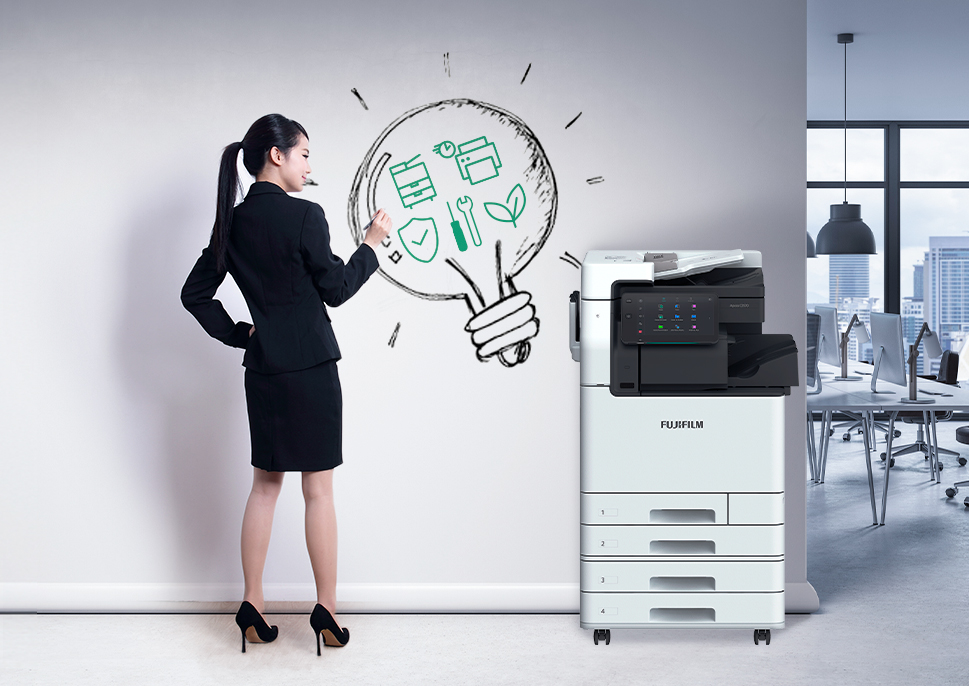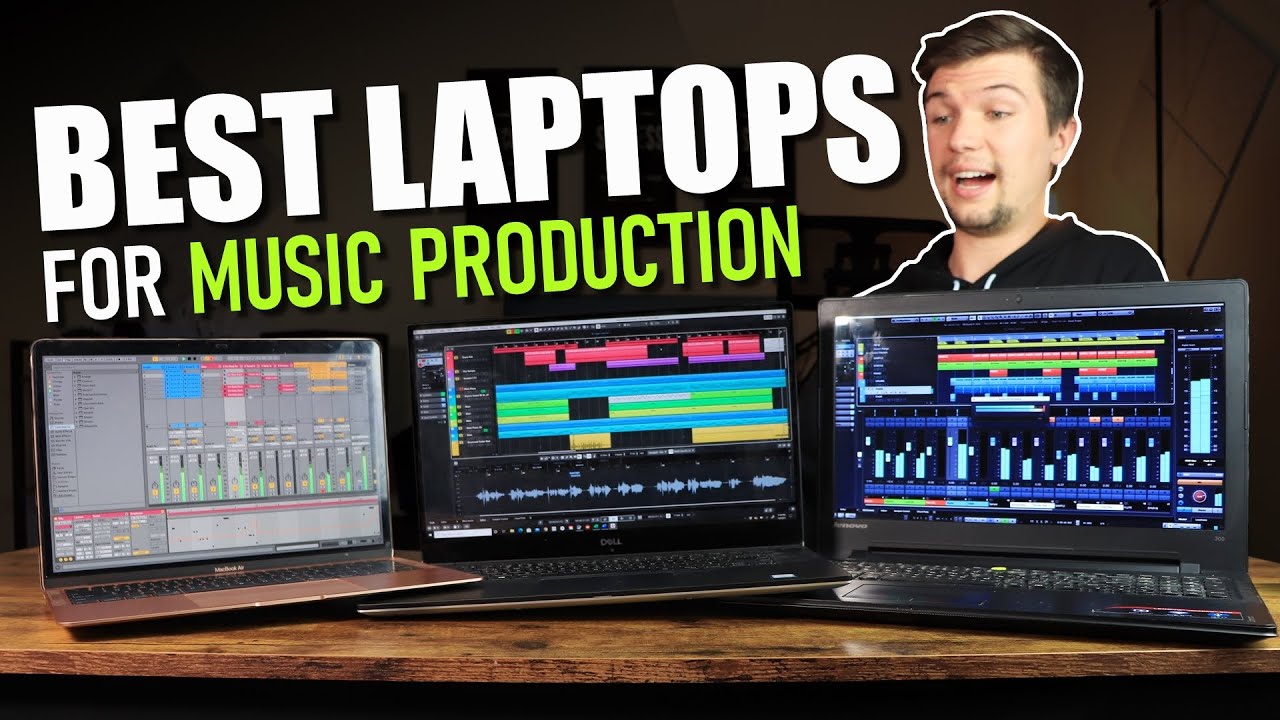Unwrapping Printer Evaluations: The Definitive Guide for Making Informed Choices
Introduction
Printing needs vary from business to business and even at personal level. Whether you need it for printing invoices, contracts, photo prints, or colorful promotional material like brochures, finding the right printer that meets your needs is crucial. This article will guide you through key considerations when evaluating printers, such as printing speed, quality, running and maintenance costs, and extra features and connectivity options. Stay informed and make smart, economical choices for your printing needs.
Why is Printer Evaluation Essential?
Understanding the necessity of printer evaluation stems from recognizing the diversity of printing needs that exist across various sectors. Let's take a closer look:
- Tailored Approach: Printer evaluation allows consumers and businesses to align the printer's abilities with their specific needs, ensuring a more personalized experience.
- Budget Considerations: Through evaluation, potential buyers can prevent unnecessary over expenditures on a printer that doesn't serve their purpose efficiently.
- Long-term Performance: A thorough evaluation can predict the printer's output over an extended period, thus avoiding sudden breaks in service due to unexpected malfunctions.
- Cost Predictability: By estimating future expenses related to both the printer's upkeep and operation, users can avoid unplanned financial challenges.
Evaluation lays the foundation for smart purchases. By focusing on printer evaluation, businesses and consumers can ensure that their choice fits their demands both cost-effectively and efficiently.
How to Choose Based on Printing Speed and Volume?
When you're ready to buy a new printer, factoring in the device's speed and volume capacity is essential. These specifications will illustrate whether a printer can meet your workload and perform at a pace that aligns with your needs. Here's a closer look at what to consider:
- Pages Per Minute (PPM): This rating informs you of a printer's speed, letting you know how many printed pages it can produce in a minute. The PPM measurements can differ based on whether your task involves monochrome (black and white) or color printing.
- Low to Medium Volume Needs: If you're a home office user or a small business owner, an inkjet printer with a moderate PPM should suffice due to less frequent printing requirements.
- High Volume Demands: For enterprises with reams of paperwork, a laser printer with a high PPM could be a worthy investment, given its capacity to handle large volume tasks efficiently.
- Duty Cycle: The duty cycle relates to a printer's durability under intense use. It specifies the maximum number of pages that a printer is designed to print per month without hampering its performance. A more prominent duty cycle is vital for businesses with heavy printing needs.
By understanding these metrics, you can ensure that the printer you choose has a speed and volume capacity that matches your printing demands. This way, you maintain efficiency in your printing tasks while optimizing machine longevity.
Why Should You Consider Print Quality When Evaluating a Printer?
The quality of the print holds significant weight when choosing a printer. It can dramatically impact the final look of your documents, artwork, or promotional materials. Here's why it plays a crucial role in your printer evaluation:
1. Depiction of Professionalism: High-resolution printers can produce clear, sharp, and detailed prints. This precision in print can project an image of utmost professionalism, especially if you're delivering the prints to clients, presenting them in meetings, or using them for marketing materials.
2. Choice of Printer resolution: The resolution of a printer is usually measured in dots per inch (DPI). A higher DPI number signifies better resolution and hence, superior quality of print. However, the required resolution may depend on your usage. For instance, standard text documents don't need very high DPI, while graphic-heavy or image-based outputs would benefit from a higher DPI.
3. Influence on Industry Specific Need: Your business domain may require you to prioritize print quality. For example, if your business deals heavily with graphical content or images, photo printers, known to offer excellent print quality, might be your ideal choice.
4. Evaluation through Quality Checks: It's advisable to perform a quality check before purchasing to assess a printer's capabilities truly. Undertake a trial run featuring both coloured and black and white prints, images as well as texts to ensure the printer meets your quality expectations.
In essence, investing in a high-quality printer can contribute significantly to culminating impressive documents while reflecting your commitment to quality execution in the business realm.
How Can Running and Maintenance Costs Influence Your Printer Choice?
When choosing a printer, running and maintenance costs should be a significant consideration, not just the initial purchase price. These costs can significantly impact your budget over time, making it imperative to understand how they can influence your choice of printer. Below are key aspects to consider:
1. Cost of Cartridges: Ink or toner cartridges can be substantial recurring expenses. Sometimes, they can even exceed the cost of the printer itself. When evaluating different printer models, consider the cost and lifespan of these cartridges.
2. Page Yield: This term refers to the number of pages that a printer can produce from a single cartridge. A higher page yield can reduce the frequency of cartridge replacements, potentially saving you money in the long run.
3. Maintenance Costs: Over time, certain printer components may wear out and require replacements. Regular professional servicing might also be needed to maintain optimal performance. When choosing a printer, ask about the anticipated maintenance needs and costs.
4. Warranty : Opting for printers with extended warranty periods can help manage potential maintenance costs, offering some level of financial protection against component failures or technical issues.
Importantly, cheaper printers may appear cost-effective initially, but they can lead to significantly higher operating costs over time. Always analyze these running and maintenance expenses prior to buying to prevent unexpected costs. The real cost of a printer is not merely its price tag, but the cumulative cost it incurs over its lifespan
What Extra Features and Connectivity Options Should You Consider in a Printer?
When venturing into the world of printers, evaluating the extras can amplify your user experience and enhance productivity levels. Not all printers are created equal, with each piece bringing a unique set of additional features and connectivity options to the table. Here's a 360-degree look into these aspects:
- Duplex Printing: This feature allows double-sided printing, thereby saving paper cost by up to 50%. Especially handy for eco-conscious users or businesses aiming to reduce their carbon footprint.

- In-built Scanner or Fax: Multifunction printers aren't a luxury anymore; they are a necessity. These can scan, copy, and fax apart from printing. For instance, all-in-one printers could be a smart choice for a home office or small businesses eager to maximize value and minimize space usage.

- Wireless or Mobile Printing: Wireless printers are breaking the chains! These printers offer seamless printing without the need for tangled cords. It assures a neat workspace and brings immense convenience. Plus, most of them also allow mobile printing, enabling you to send print jobs directly from your smartphone or tablet.
- Cloud Printing Capabilities: Modern printers are pushing boundaries by offering cloud-based printing options. This feature enables an 'anytime, anywhere' type of printing, not limited to devices connected via a wire. Now print documents even when you are far from your printer!
Encapsulating these factors into your evaluation process can ensure you get a printer that not just prints, but maximizes convenience and meets your unique demands. Always remember, the right printer for you strikes a perfect balance between performance, cost, and these advanced features.
Conclusion
Evaluating your potential printer before purchasing it is crucial. Considering factors such as print speed, quality, overall costs, and additional features will help you choose a printer that suits your needs perfectly. Always remember, the ideal printer for you balances cost-effectiveness with high performance.
Related FAQs about what four factors should you consider when evaluating printers
What are the potential hidden costs in owning a printer?
The initial purchase price of a printer isn't the full story. Additional 'hidden' costs may include cartridges' price and lifespan, paper usage, maintenance costs, and energy consumption. High-end printers offering low running costs might be more cost-effective in the long run.
How does print speed affect overall efficiency?
Print speed, measured in pages per minute (PPM), directly impacts efficiency. A slower printer can hold up work, especially in high-volume settings. Faster printers streamline workflows, keep queues short, and can manage bulk jobs, all contributing to workplace efficiency.
Why is considering the printer’s extra features and connectivity options important in a modern workspace?
Additional features and connectivity options, like duplex printing, built-in scanners, wireless or mobile printing, and cloud capabilities, significantly enhance user experience. They not only add convenience, improve productivity, and offer flexibility, but also promote remote collaborations in modern workspaces.


